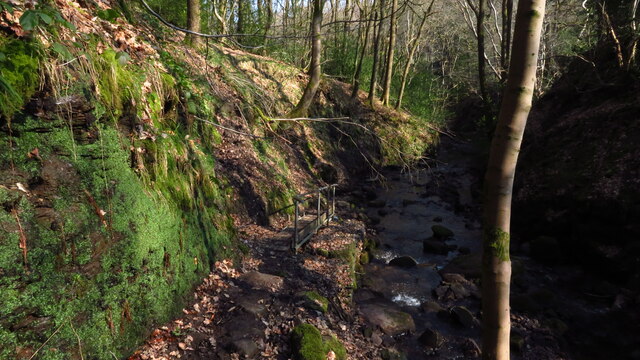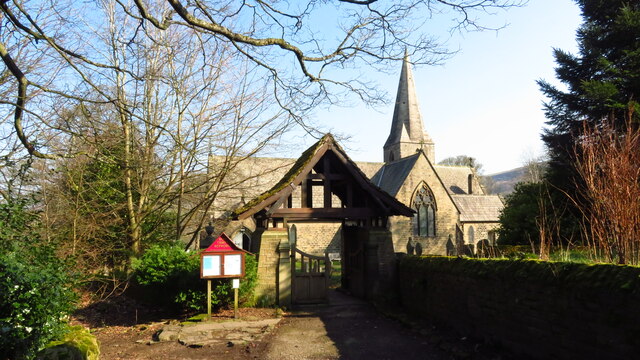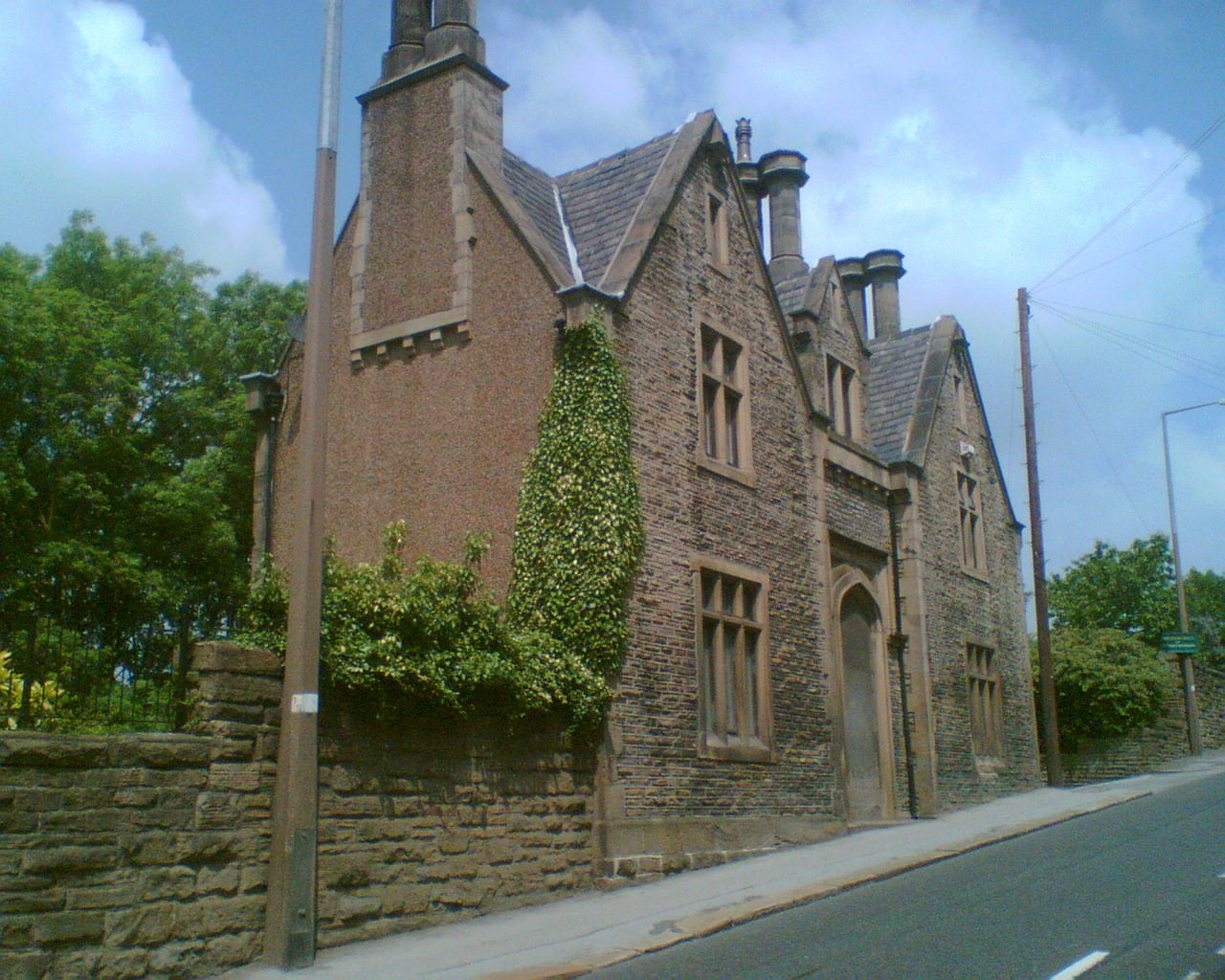Gully
Settlement in Yorkshire
England
Gully
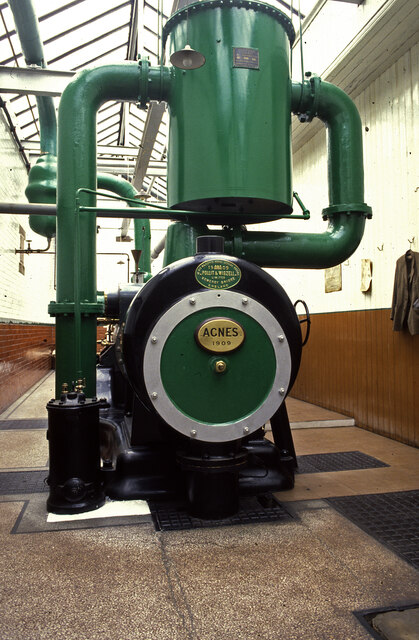
Gully is a small village located in the county of Yorkshire, England. Situated in the southern region of the county, Gully is nestled amidst the picturesque landscape of rolling hills and lush green fields. The village is part of the wider district of Yorkshire Dales and is renowned for its captivating natural beauty.
Gully is home to a close-knit community, with a population of approximately 500 residents. The village exudes a tranquil and idyllic atmosphere, attracting visitors who seek a peaceful retreat from the hustle and bustle of city life. Traditional stone cottages line the streets, adding to the charm and character of Gully.
The surrounding countryside offers ample opportunities for outdoor activities, such as hiking, cycling, and horseback riding. Gully is particularly popular among nature enthusiasts and birdwatchers, as it lies in close proximity to several nature reserves and wildlife sanctuaries.
Despite its small size, Gully boasts a few local amenities and services, including a village shop, a pub, and a community center. The village holds regular events and festivals, providing an opportunity for residents and visitors to come together and celebrate.
For those interested in history, Gully has a rich heritage. The village is home to a historic church, which dates back several centuries, and a few notable landmarks that offer glimpses into its past.
Overall, Gully, Yorkshire is a charming and tranquil village that offers a serene escape into the heart of the stunning Yorkshire countryside.
If you have any feedback on the listing, please let us know in the comments section below.
Gully Images
Images are sourced within 2km of 53.566601/-1.77952 or Grid Reference SE1407. Thanks to Geograph Open Source API. All images are credited.

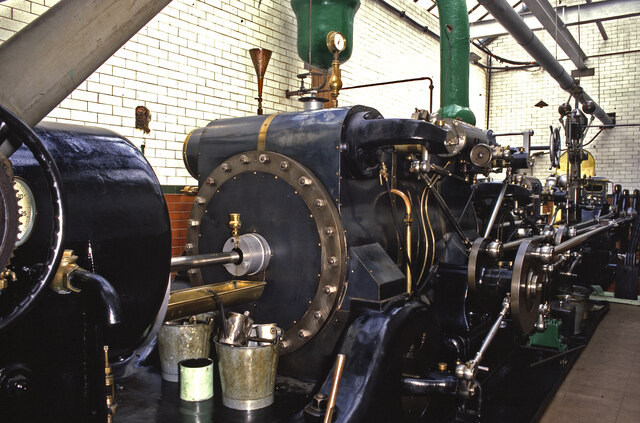
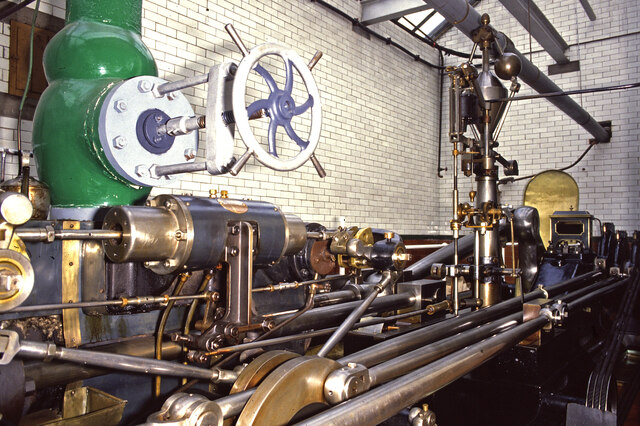
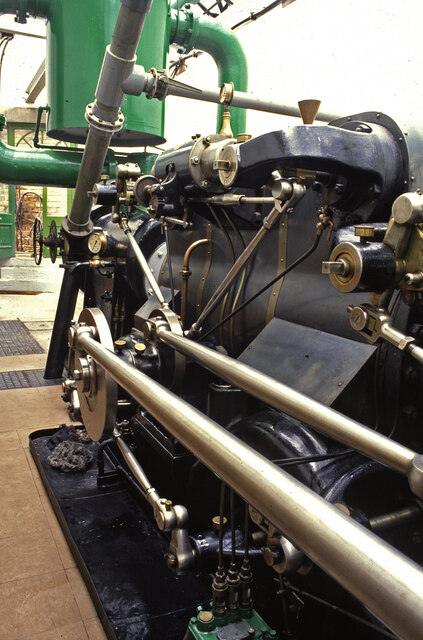
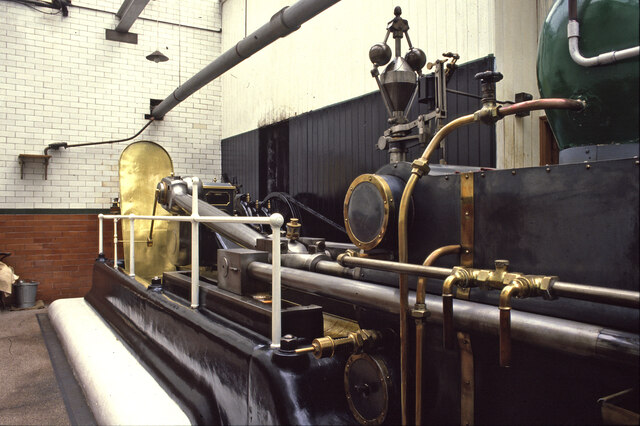
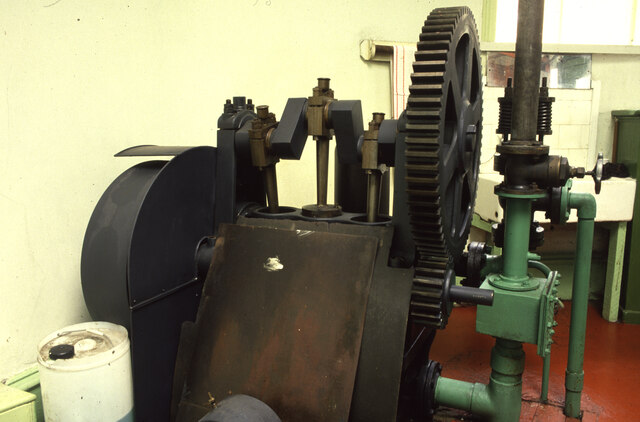
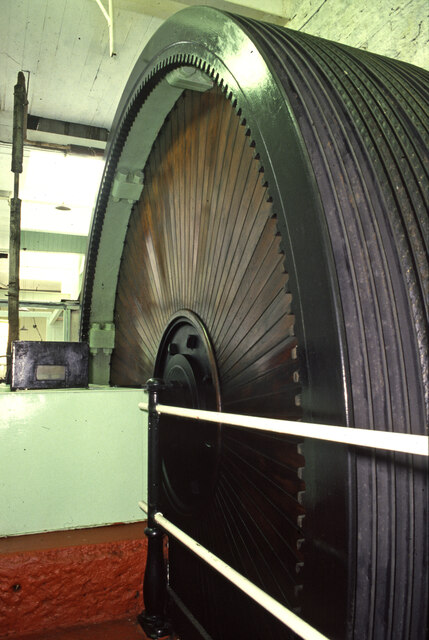
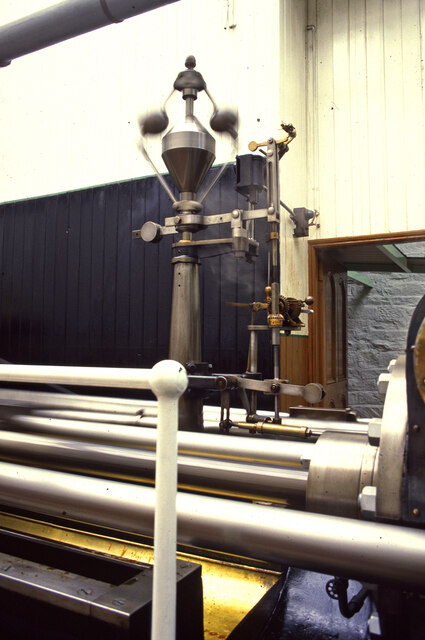
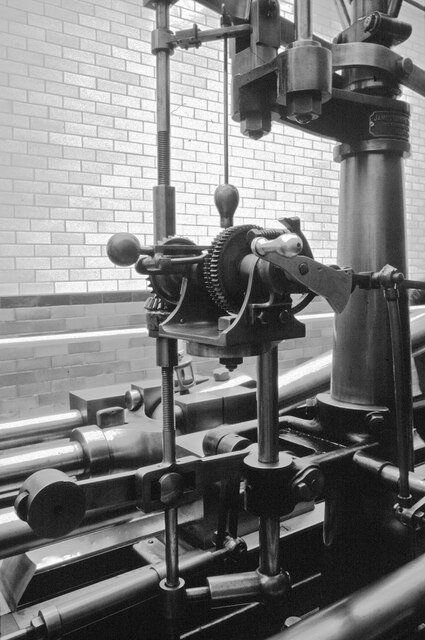
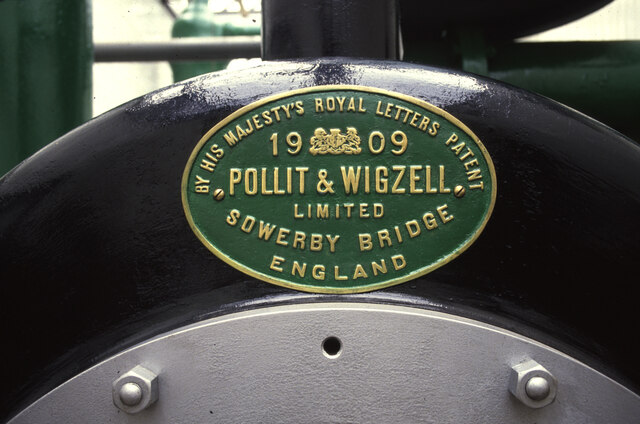
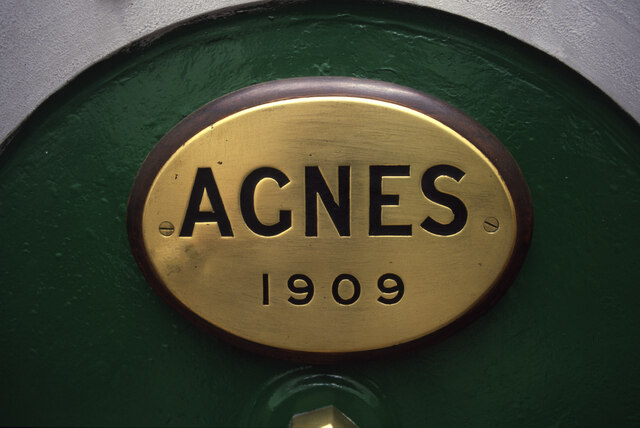
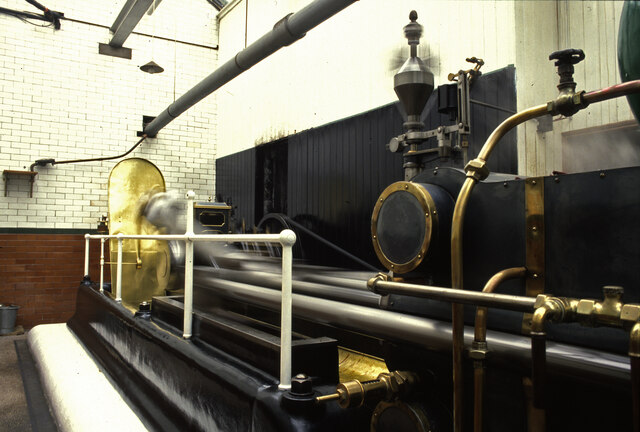
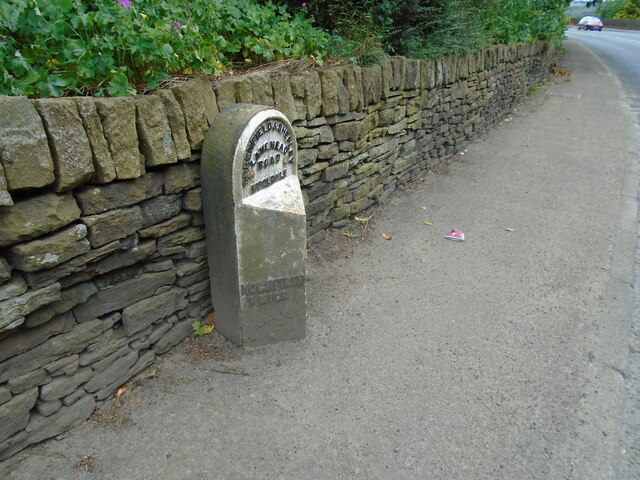
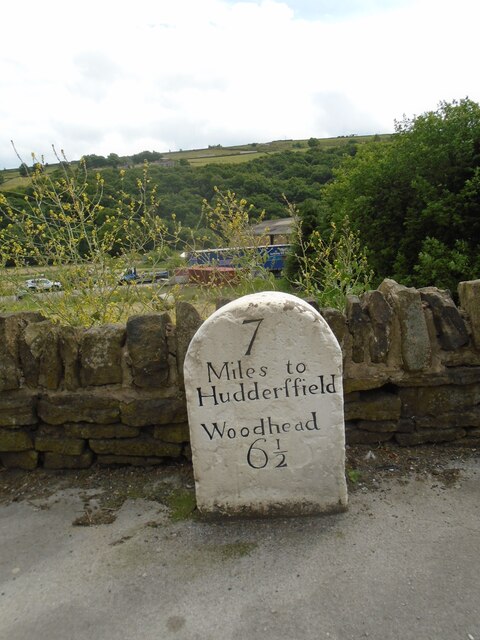
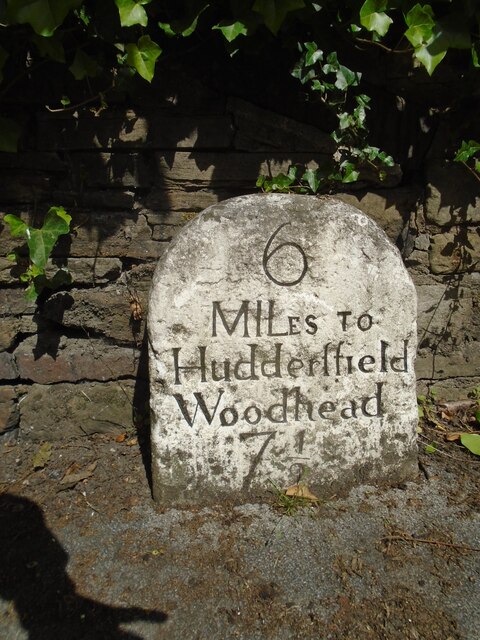
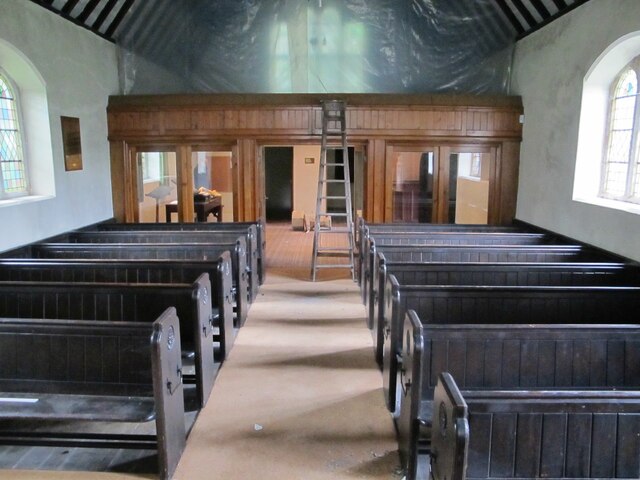
Gully is located at Grid Ref: SE1407 (Lat: 53.566601, Lng: -1.77952)
Division: West Riding
Unitary Authority: Kirklees
Police Authority: West Yorkshire
What 3 Words
///neatly.shaped.devoured. Near Holmfirth, West Yorkshire
Nearby Locations
Related Wikis
River Ribble, West Yorkshire
The River Ribble is a minor river running through the town of Holmfirth in Kirklees, West Yorkshire, England. Rising at the outflow of Holme Styes Reservoir...
Holy Trinity Church, Holmfirth
Holy Trinity Church, Holmfirth is an Anglican church in the town of Holmfirth in West Yorkshire, England. Holmfirth's chapelry historically covered townships...
Holmfirth
Holmfirth () is a town in the Metropolitan Borough of Kirklees, West Yorkshire, England. It is located 6 miles (9.7 km) south of Huddersfield and 14 miles...
Holmfirth railway station
Holmfirth railway station is a former railway station that served the town of Holmfirth in West Yorkshire, England. == History == The branch line to Holmfirth...
Totties
Totties is a hamlet between New Mill and Scholes near Holmfirth in West Yorkshire, England. Although it consists of no more than 70-80 houses, it has within...
Scholes, Holme Valley
Scholes is a village and former civil parish, now in the parish of Holme Valley, in Kirklees, West Yorkshire, England. It is situated 1 mile (2 km) to...
Holme Valley War Memorial
Holme Valley War Memorial is a war memorial in the grounds of the Holme Valley Memorial Hospital Holmfirth, West Yorkshire, in England. It was unveiled...
Arrunden
Arrunden is a hamlet in the civil parish of Holme Valley, West Yorkshire, England. It is located 1.3 miles (2.1 km) south-southwest of Holmfirth. ��2...
Nearby Amenities
Located within 500m of 53.566601,-1.77952Have you been to Gully?
Leave your review of Gully below (or comments, questions and feedback).
